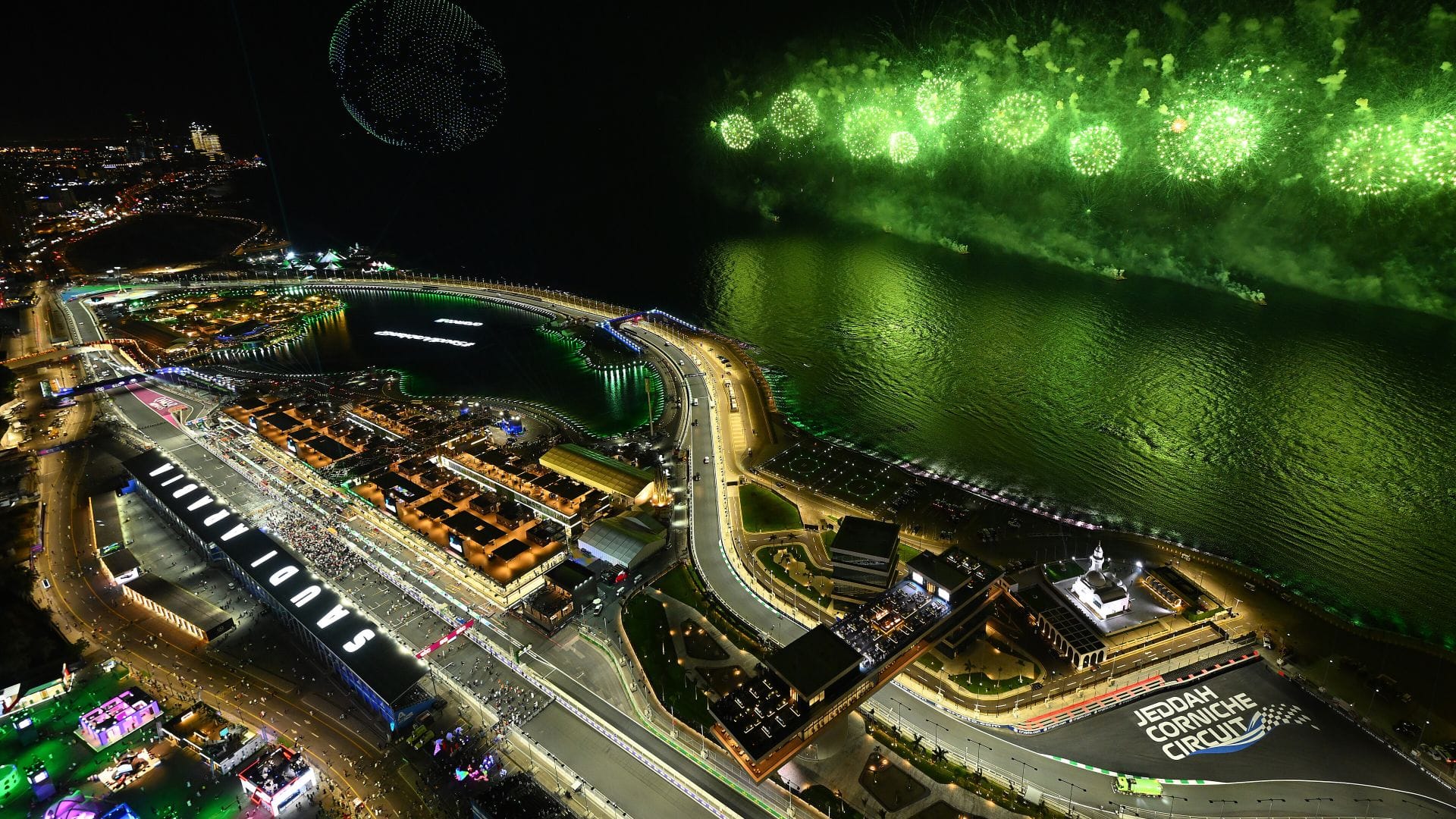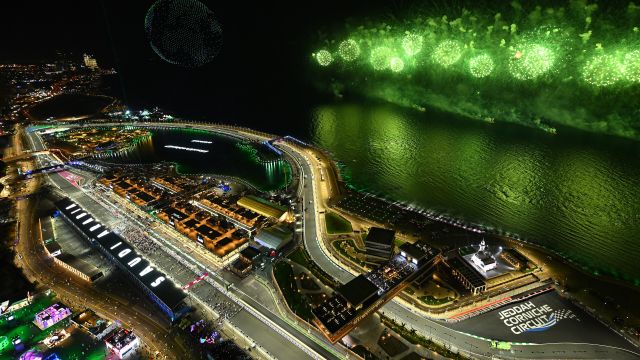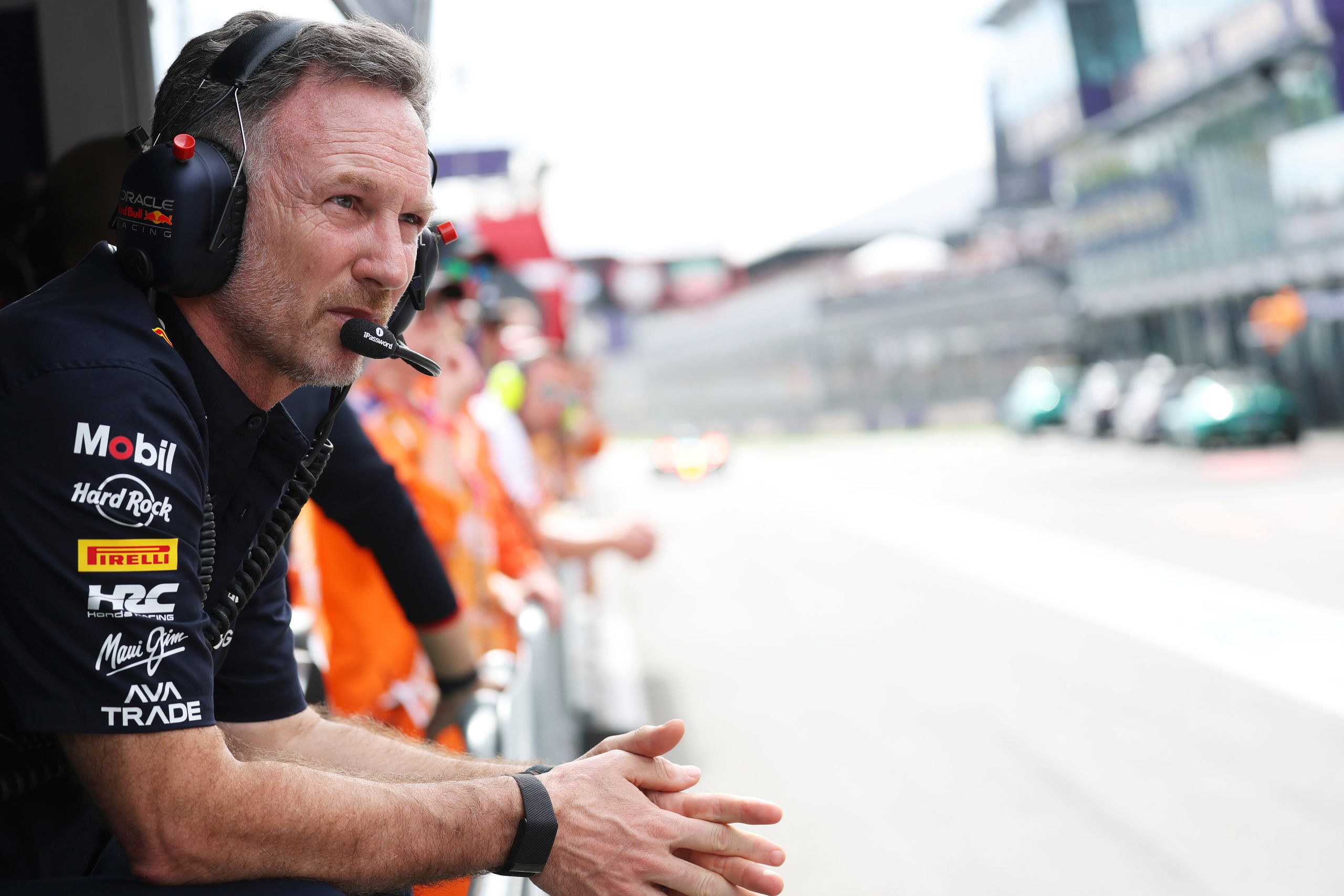Sustainable Racing: Is The Saudi Arabian Grand Prix Really Leading The Way In Eco-Friendly Motorsport?


In recent years, Saudi Arabia has positioned itself as a major player in the sustainable motorsport scene with the launch of the Formula 1 stc Saudi Arabian Grand Prix. The kingdom highlights this race as a showcase of its commitment to eco-friendly initiatives, aligning with its ambitious Vision 2030 plan. Additionally, this event is part of a larger strategy that supports environmental projects aimed at enhancing Jeddah’s biodiversity and supporting local communities, demonstrating Saudi Arabia’s potential to lead in sustainable racing practices.
On paper the Saudi Arabian Grand Prix, draped in the green flag of sustainability, is a commendable lap towards a cleaner future. But as any seasoned race fan knows, the track is full of twists and turns. Campaigners have raised concerns about Saudi Aramco’s alleged greenwashing practices, pointing out the inconsistency between its large-scale fossil fuel production and the promotion of supposedly ‘advanced’ and ‘low carbon’ fuels. This juxtaposition casts a shadow on the Saudi Arabian Grand Prix’s eco-friendly image, especially when considering that Formula 1 is also backed by Aramco, leading to questions about the sincerity of the race’s sustainable endeavours.
As we gear up for a closer look at this grand spectacle, let’s keep our eyes on the road and our minds open. After all, in the race for a better planet, every competitor claims to have the best vehicle. But it’s the performance on the track that truly counts, not just the flashy decals. So, buckle up, dear reader, as we navigate the circuit of sustainable racing, where the rubber meets the road, and the truth often hides in the slipstream.
Saudi Arabia’s Green Flag in Motorsport
The Saudi Arabian Grand Prix has demonstrated a significant focus on sustainability and inclusive strategies that coincide with the nation’s ambitious goals for socio-economic reform.
Official Sustainability Goals
The event has rooted its operations in addressing environmental concerns since its inception. Central to these efforts is a strategic plan that prioritises seven core areas: earthworks, eco-friendly materials, efficient event facilities, accessible transportation options, waste reduction, and active community engagement. They’ve integrated the UN’s Sustainable Development Goals within their framework to foster a greener racing environment. Specific endeavors include creating substantial green spaces within the Jeddah Corniche Circuit and significant environmental restoration efforts, such as the lagoon area’s rejuvenation which offers both aesthetic and wildlife habitat benefits.
Strategic Partnerships for Green Racing
Partnerships play a vital role in the Grand Prix’s green agenda. They’ve collaborated with the Saudi Motorsport Company to impact various projects like the revival of the Corniche, which now boasts increased biodiversity. Their alliance with Etaam, the Saudi Food Bank Association, tackles waste by repurposing unsold food and beverages, aiding over two thousand locals. The event’s tie-up with King Abdulaziz University gives students experience in organising eco-conscious international competitions. They also launched the ‘Saudi Young Stars’ electric karting initiative to promote environmentally responsible motorsports among the youth. Through these collaborations, they’ve demonstrated a commitment to eco-friendly practices and community inclusivity.
Electric and Hybrid Powertrains
Electric and hybrid technology in motorsport has seen remarkable growth over recent years. Examples include the all-electric Formula E series and the hybrid power units in Formula 1. The Saudi Young Stars electric karting program is fostering the next generation of racers to embrace electric powertrains from an early age. On another front, Formula 1 is on a path to introduce advanced sustainable fuels that are carbon neutral for the hybrid engines in 2026. They are promoting fuels that can be used in current internal combustion engine vehicles on a large scale, providing a significant environmental advantage over traditional fuels.
Sustainable Fuel Alternatives
The pursuit of sustainable fuel alternatives is a key part of the industry’s endeavour to reduce its carbon footprint. Saudi Aramco has introduced what they call a ‘first-of-its-kind’ e-fuel demonstration plant aiming to produce low-carbon, synthetic gasoline. Although this facility’s output is relatively small when compared to the company’s overall oil production, it represents a step forward in the development of fuels that could prove more environmentally friendly. Formula 1 has committed to becoming Net Zero Carbon by 2030 and is looking to incorporate these advanced, sustainable fuels into its races.
Eco-Friendly Circuit Design
Saudi Arabia’s efforts to develop an eco-conscious motorsport scene are reflected in its infrastructure and circuit facility designs. These designs demonstrate a commitment to sustainability and environmental responsibility.
The Jeddah Corniche Circuit is an example of environmentally conscious engineering. The track, covering over 43,000 square meters of greenery, is home to more than 2,000 native and adaptive trees. These spaces are not only aesthetic but also functional, contributing to the local ecosystem. Prior to the track’s construction, a substantial clean-up and revitalisation of the adjacent lagoon were conducted, promoting local wildlife habitats and creating beautiful leisure areas for the community. This move reveals a proactive approach to minimise the ecological footprint of such a sprawling sports facility.
Waste Management Systems
The Saudi Motorsport Company has approached waste management with a clear strategy, focusing on the reduction and reuse of materials. All unused food and beverages at the Grand Prix are redirected through partnerships, like the one with Etaam, the Saudi Food Bank Association, helping to support over 2,000 people in need. Various environmentally sound waste disposal methods have also been introduced, including recycling and composting, to align with sustainable practices and Vision 2030’s environmental targets. These initiatives manifest the desire to extend the positive effects of the events beyond the track and into the broader societal framework.
The Other Side of the Track: A Closer Look at Saudi’s Grand Prix
The Saudi Arabian Grand Prix has positioned itself as a leader in the eco-friendly motorsport movement, aligning with global sustainability goals and introducing various green initiatives. However, a closer look at the partnership with Saudi Aramco and the broader implications of this relationship reveals a more complex picture.
Saudi Aramco, the world’s largest oil company, is at the forefront of the Grand Prix’s sponsorship. This partnership raises significant questions about the authenticity of the event’s sustainability claims. Critics argue that associating with a company whose primary business revolves around fossil fuels contradicts the event’s green aspirations. This has led to accusations of greenwashing, suggesting that the event is more about improving the public image of Saudi Aramco than making genuine environmental progress.
The promotion of e-fuels by the Grand Prix, backed by Saudi Aramco, is another contentious issue. While e-fuels are touted as a cleaner alternative to traditional fossil fuels, their production is energy-intensive and may not offer the significant carbon savings promised. This has sparked debate over whether the push for e-fuels is a genuine effort to reduce emissions or a strategic move to prolong the life of internal combustion engines, aligning with the interests of oil companies rather than the planet.
Further complicating the picture is Formula 1’s reported lobbying against the European Union’s environmental legislation, specifically plans to phase out internal combustion engines. This action suggests a reluctance to embrace a fully electric future, potentially influenced by the partnership with Saudi Aramco. Such lobbying efforts cast doubt on the sport’s commitment to sustainability and raise concerns about its role in hindering rather than helping environmental progress.
The environmental and social impact of hosting a large-scale event like the Saudi Arabian Grand Prix cannot be overlooked. While the event has made efforts to engage with local communities and promote sustainability, the overall effectiveness and sincerity of these initiatives are questioned. The potential for increased pollution, resource consumption, and the broader implications of sportswashing are significant concerns that challenge the event’s green credentials.
In a statement provided to Euronews Green, an F1 spokesperson played with a straight bat, saying “We have set a target to be Net Zero Carbon by 2030 both on and off the track. One action we are taking is to move to advanced sustainable fuels, that will be carbon neutral, in the Formula 1 hybrid power unit in 2026.
“We believe that the fuel could have a significant benefit for the wider automotive sector particularly by being used as a drop-in fuel in existing ICE road vehicles and could dramatically reduce global automotive emissions at a time when conventional cars still exist and are produced on a significant scale – a point we have been keen to proactively highlight.”
So while the Saudi Arabian Grand Prix has made strides towards sustainability, the involvement of Saudi Aramco, the promotion of e-fuels, lobbying against green legislation, and the broader environmental and social impacts paint a more nuanced picture of its eco-friendly efforts. These factors suggest that the path to genuine sustainability in motorsport is fraught with challenges and contradictions, requiring a more critical examination of the claims and intentions behind such high-profile events.
Future Directions
The Saudi Arabian Grand Prix stands at a crossroads of innovation and criticism given the contrasting viewpoints regarding its ecological assertions.
Research and Development Trends
Research and development in motorsport sustainability is propelled by ambitious programs that intertwine the thrill of racing with ecological consciousness. For instance, the “Saudi Young Stars” electric karting program is steering the youth toward eco-friendly motorsports, reinforcing a green future, while the Jeddah Corniche Circuit is a live embodiment of an eco-friendly motorsports venue. Also noteworthy, King Abdulaziz University’s collaboration with the Grand Prix equips students with real-world experience, seeding the sports event management field with environmental stewards. These narratives suggest a continuous thrust for sustainable innovation.
Regulatory and Policy Impact
The impact of regulations and policies on the sustainability of races like the Saudi Arabian Grand Prix is immense. Vision 2030 acts as the kingdom’s compass for inclusivity and economic transformation. However, there looms scepticism about the real ecological footprint of such events, intensified by the controversial ties with Saudi Aramco. The firm faces greenwashing accusals for its minuscule production of synthetic gasoline compared to its colossal fossil fuel output. Furthermore, F1’s entanglement with the oil giant casts shadows on the motorsport’s environmental claims, especially with the EU’s internal combustion engine phase-out plan. Yet, amidst criticism, F1 defends its actions towards environmental betterment.
The critical dialogue and scrutiny serve as a robust compass for the future of sustainable racing, reflecting the industry’s dualities and complexities. The Saudi Arabian Grand Prix must navigate these challenges and enhance its promise for a sustainable future in the fast lane.
Final Thoughts on Saudi Arabia’s Eco-Friendly Initiatives
In examining the steps taken by the Saudi Arabian Grand Prix towards environmentally conscious racing, we’ve seen advancements as well as contradictions that influence the global dialogue on sustainable practices in motorsport.
The Saudi Arabian Grand Prix has undertaken several initiatives aimed at environmental and social betterment. The design of the Jeddah Corniche Circuit, notable for its integration of green spaces and enhancement of local natural habitats, reflects a dedication to ecological considerations. The event’s alignment with the United Nations’ Sustainable Development Goals, covering efforts from waste management to fostering community engagement, alongside a notable 40% female participation in the Saudi Motorsport Company’s workforce, illustrates a balanced approach to environmental and societal advancement. Additionally, the “Saudi Young Stars” program introduces young enthusiasts to electric karting, aligning with broader goals of societal transformation under Vision 2030.
However, the association with Saudi Aramco, a company primarily involved in fossil fuel extraction, prompts a reassessment of the event’s environmental impact. Criticisms regarding potentially misleading environmental claims call for greater clarity and a thoughtful examination of strategies addressing climate considerations. While Saudi Aramco’s investment in e-fuels is presented as a step towards a cleaner future, the effectiveness of these initiatives is debated, especially when considering the urgent environmental changes suggested by experts and entities like the IPCC, which advocates for electric vehicles as a more immediate solution.
The mixed narrative surrounding the Saudi Arabian Grand Prix’s sustainability efforts highlights a wider challenge within motorsport. It is crucial for the Grand Prix, and similar events globally, to continue their environmental endeavours while exploring more impactful solutions that lead to significant emissions reductions and lessen dependency on fossil fuels. Formula 1’s ambition to introduce carbon-neutral fuels by 2026, aiming for Net Zero Carbon by 2030, serves as a guiding light. Commitment to transparency and the pursuit of meaningful, scalable environmental strategies will be vital as the motorsport world strives towards a future that is both accountable and authentically sustainable.





